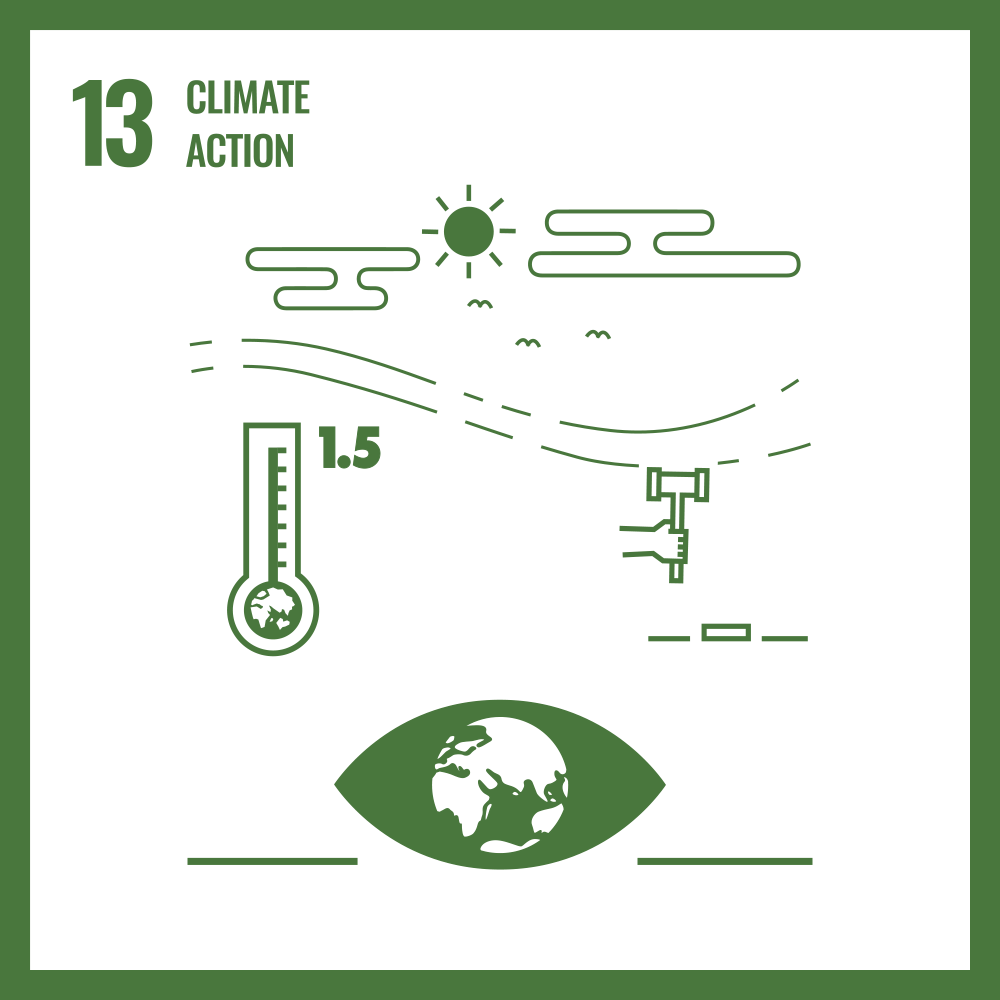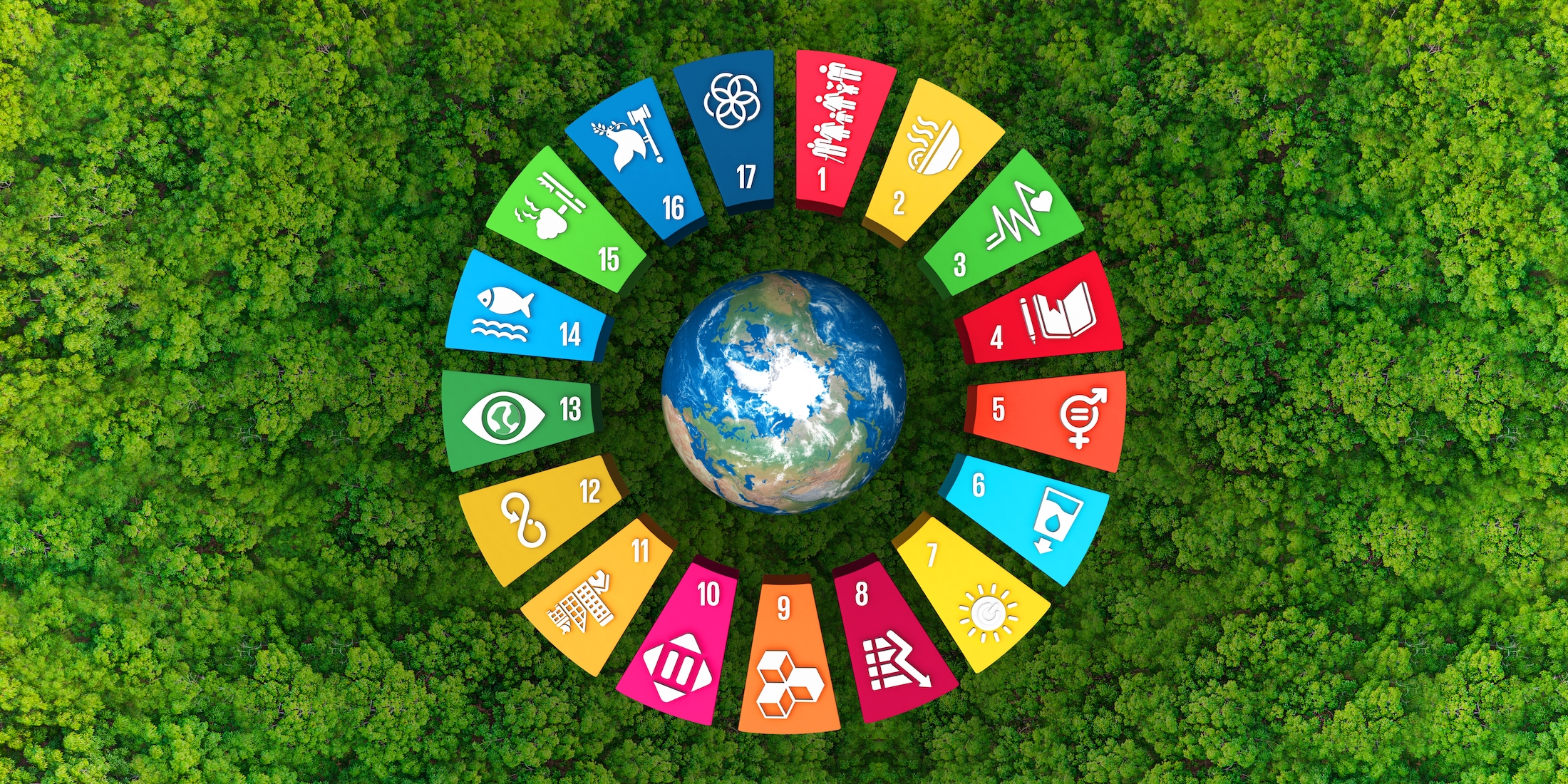
The Sustainable Development Goals (SDGs), also known as the Global Goals, were adopted by 193 nations in 2015 as a universal call to action to end poverty, protect the planet, and ensure that by 2030 all people
enjoy peace and prosperity. The SDGs call for worldwide action among governments, businesses, civil society and individual action to end poverty and create a life of dignity and opportunity for all.
The
17 SDGs and 169 targets are integrated and indivisible—they recognize that action in one area will affect outcomes in others and that development must balance social, economic and
environmental sustainability. The nations while adopting these SDGs were determined to protect the planet from degradation, including through sustainable consumption and production, sustainably managing its natural resources
and taking urgent action on climate change, so that it can support the needs of the present and future generations.

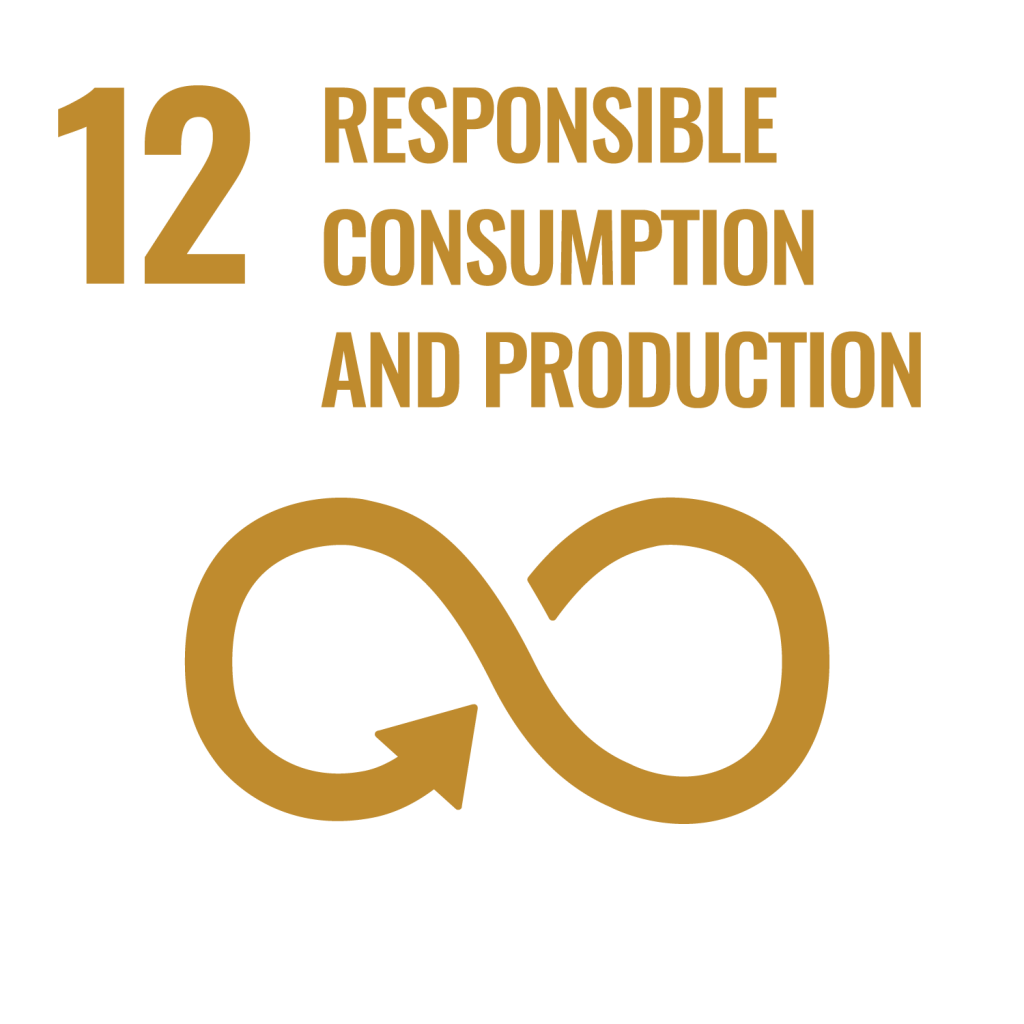
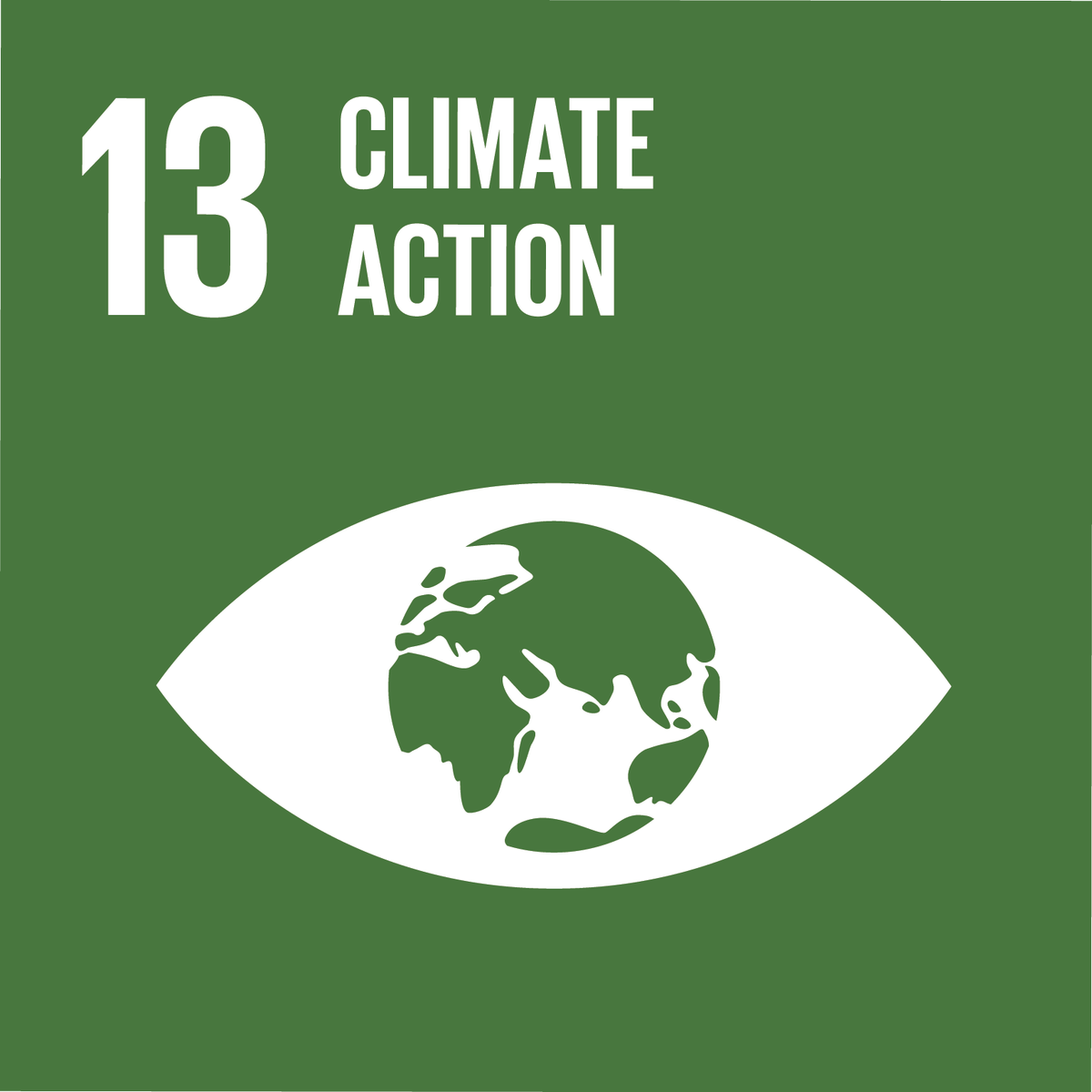
The world at large is experiencing rapid urbanization. More than half of humanity – 4.2 billion people – lives in cities and by 2030, it is estimated that six out of ten people will be city
dwellers. It is also expected that by the
end of 2050, the urban population is expected to reach 6.5 billion. However, cities in the world only occupy 3% of the Earth’s land but account for 60-80% of all energy consumption and 75% of the planet’s carbon
emissions. Rapid urbanization is exerting pressure on freshwater supplies, sewage, the living environment and public health. Our rapidly growing urban world is experiencing congestion, a lack of basic services,
a shortage of adequate housing, and declining infrastructure. More than thirty percent of the world’s urban population lives in slums.
India is also undergoing extensive and rapid urbanization with an increase in
urban population by 91 million between 2001 and 2011. India is projected to add 416 million urban dwellers between 2018 and 2050.
68% of the country’s total population lives in rural areas, while 17% of the country’s urban population lives in slums. By 2030, India is expected to be home to seven mega-cities with populations above 10 million.
Goal 11 aims to make cities and human settlements inclusive, safe, resilient and sustainable by the end of 2030.
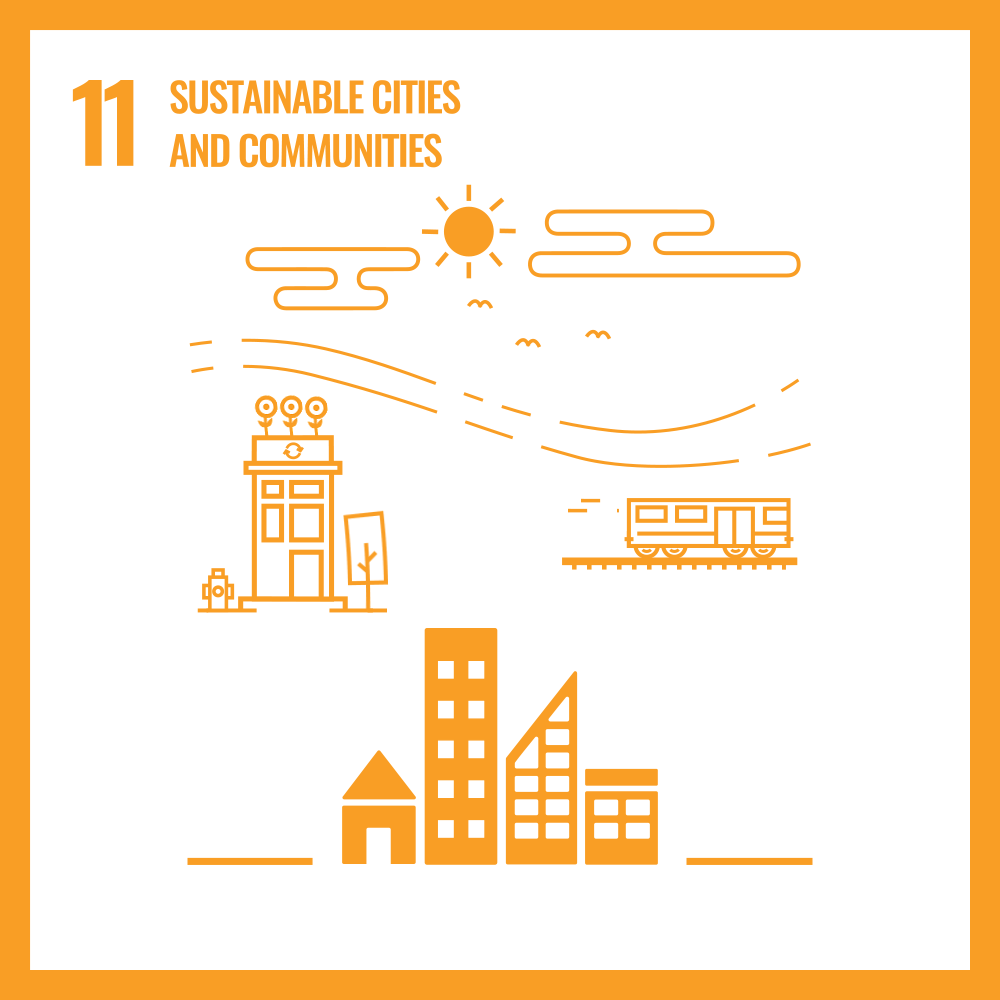
With the rise in population and human activities, there has been an adverse effect on the habitability of our planet. The production and consumption process from manufacturers to final consumers is straining
the natural resources, including water, soil, energy and is generating heaps of waste which further degrades our environment. Agriculture is the biggest user of water worldwide, and irrigation now claims close to 70 percent
of all freshwater for human use. Each year, an estimated one-third of all food produced – equivalent to 1.3 billion tonnes worth around USD 1 trillion – ends up rotting in the bins of consumers and retailers,
or spoiling due to poor transportation and harvesting practices.
India, with its 1.4 billion population, is home to 18% of the world’s population, but it has only 4% of global water resources. The generation
of waste and pollutants also poses a challenge Only 19.9% of India’s urban waste is processed. We are also the third highest emitter of carbon-dioxide and are responsible for 6.9% of global emissions.
Goal 12 aims to ensure sustainable consumption and production patterns by the end of 2030.
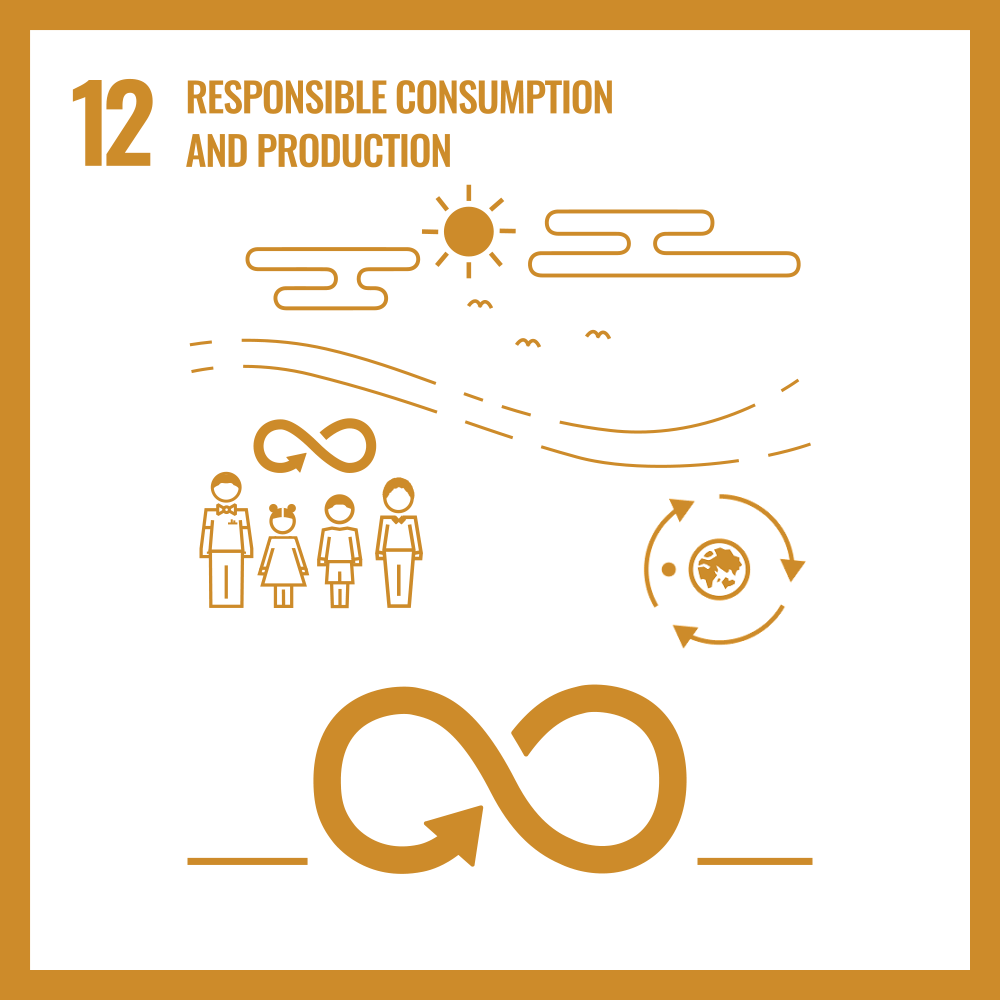
We are on the brink of ‘missing a closing moment’ in history to limit global warming to 1.5 degrees centigrade above pre-industrial levels.
If the world fails to act, temperatures are likely to rise to 3.2 degrees centigrade by the end of this century, leading to devastating impacts. Climate change also exacerbates disasters and combating it
is absolutely vital to guaranteeing our survival and the wellbeing of future generations.
Citizen participation and engagement in climate actions (Principle 10) goals of the Rio Declaration 1992 have become even more pertinent
today. Since then, the need for public participation has featured prominently in calls for climate action. Its significance was reiterated more than 28 years later in the Intergovernmental Panel on Climate Change (IPCC) Special
Report on the impacts of global warming of 1.5°C above pre-industrial levels, which specifically identified public participation in adaptation planning as a means to enhance the capacity to cope with climate change risks (IPCC,
2018).
Increased pressure from civil society and a widening of public activism around climate change globally means that attention to matters of public participation in climate change adaptation and mitigation at this time is particularly apposite.
Goal 13 aims to ensure sustainable consumption and production patterns by the end of 2030.
